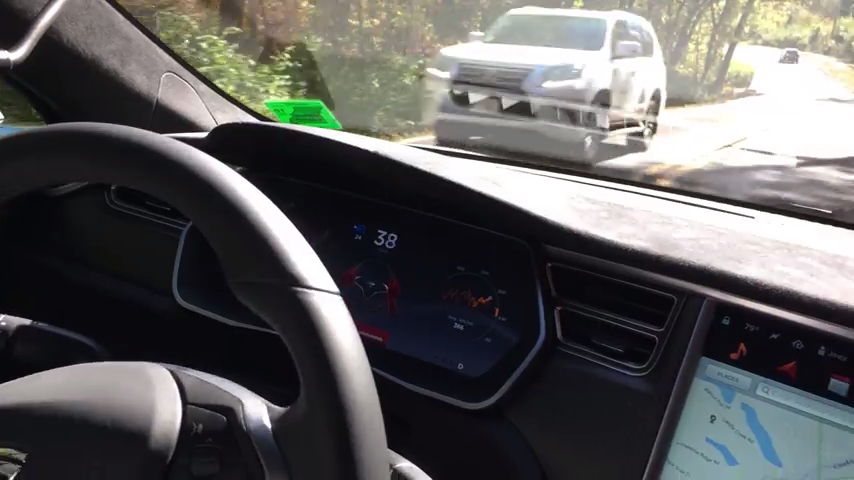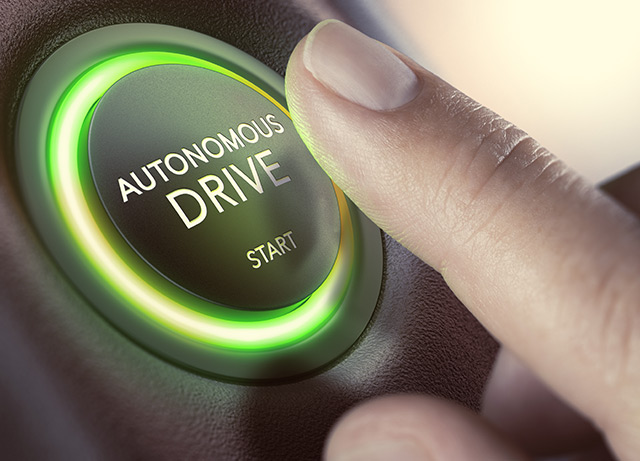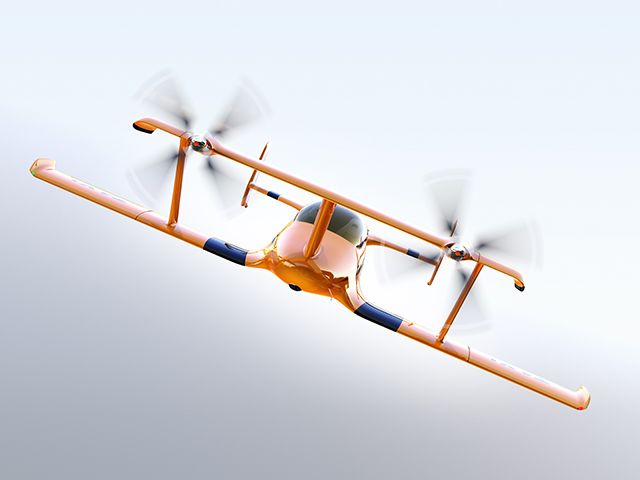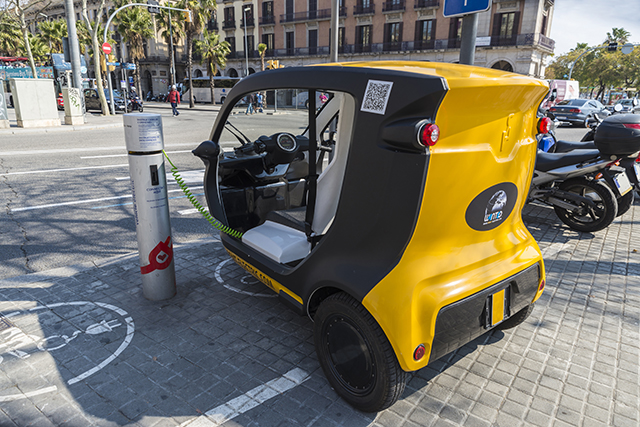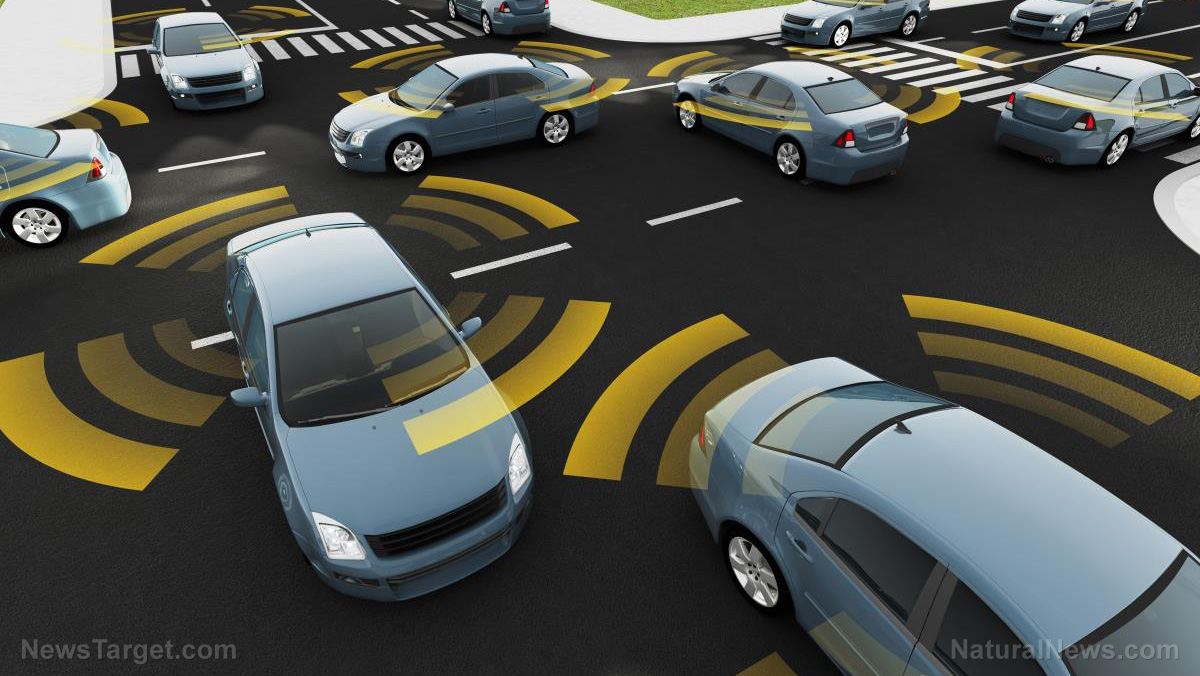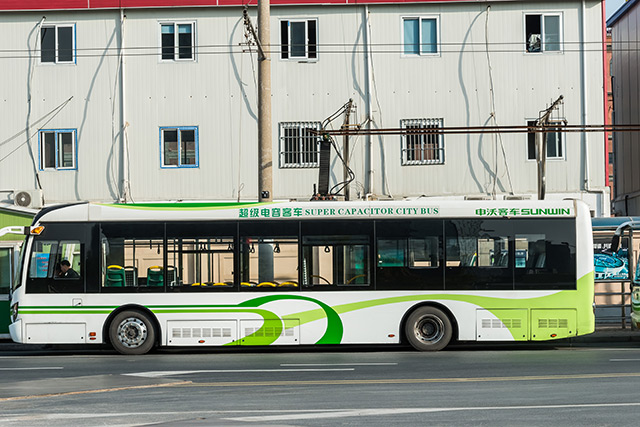Should you tip a robot? They will start delivering packages soon
07/21/2019 / By Edsel Cook
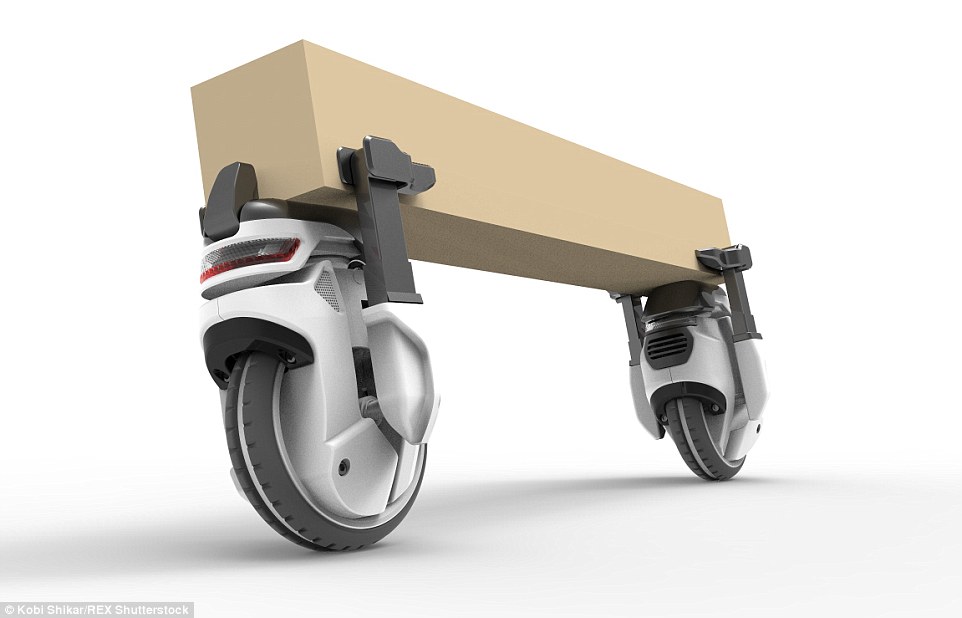
It might not be long before robots take over the jobs of delivering packages to your home. FedEx announced its plan to field delivery robots that would climb stairs and make the expensive “last mile” package runs.
The courier delivery service company wasn’t the only one testing drones, robots, and self-driving cars to bring products to the doorstep of customers. Restaurants, retailers, and shippers sought to make last mile deliveries much less expensive.
FedEx partnered with DEKA Development & Research Corp to design its planned fleet of delivery robots. DEKA’s founder created the Segway scooter and iBot stair-climbing wheelchair.
Company spokespersons planned to assign the DEKA-developed robots to their SameDay services in the future. SameDay serves 1,900 cities globally.
The boxy design of the future FedEx delivery robots resembled a wheeled cooler. Electric batteries would drive them at a top speed of 10 miles (16 km) per hour.
Each unit mounted cameras that would look for potential obstacles on sidewalks and roadways. Their software would guide them around the barrier.
FedEx needed to impress test cities like its hometown of Memphis, Tennessee. Initial operations would be limited to office stores. Many customers live within three miles of such a store.
More deliveries are being performed by robots
At least 50 percent of the total costs of package delivery goes into the last mile to the home of the customer. For example, third-party delivery companies earn commissions of 10 to 30 percent off every order from a restaurant.
Companies and investors are spending millions to bring down those expenses. They are also trying to get past stringent regulations on robots and other automation. For example, many states require autonomous vehicles to carry human drivers who may take over driving duties in an emergency.
But delivery companies are slowly but surely chipping away at these challenges. In 2018, Starship Technologies started sending out package-laden robots to customers in the San Francisco Bay Area.
A year later, it formed a partnership with French food service company Sodexo. Robots began delivering coffee, donuts, and pizzas to the 40,000-strong student population at the Fairfax, Virginia campus of George Mason University.
Amazon.com was also working on its Scout delivery robot. Grocery chain Kroger teamed up with self-driving car company Nuro to deliver groceries to customers. And while United Parcel Service, Inc. did not bother with ground-based robots, it was currently testing aerial drones.
Delivery companies are spending millions on delivery robots for the “last mile” deliveries
The “last mile” of logistics support refers to the transportation of goods from a central hub to the last destination of the package. Delivery services consider this phase to be the least efficient and most expensive part of the delivery chain.
Ground vehicles consume a considerable amount of fuel during last mile deliveries. At the same time, company employees also spend a good chunk of their paid hours to bring the products to the doorstep of customers who pay very little for the service.
Furthermore, the customers and their locations tend to be unreliable. As a result, many last mile deliveries either take too much time or fail outright.
Delivery companies prefer to haul goods to a central hub. A single trip to a warehouse usually follows a predictable route and delivers lots of packages in one go.
As a result, delivery companies try to reduce the expenses of last mile deliveries as much as possible. In recent years, they have been leaning on artificial intelligence and robotics to eke out more profits. They are even desperate enough to consider the idea of flying warehouses.
Sources include:
Tagged Under: breakthrough, delivery bots, drones, goods, innovation, inventions, last mile delivery, logistics, package delivery, products, robot delivery, robot economy, robot jobs, robot takeover, robot workers, robotics, robots, science and tech, self-driving cars, services
RECENT NEWS & ARTICLES
RoboCars.News is a fact-based public education website published by Robo Cars News Features, LLC.
All content copyright © 2018 by Robo Cars News Features, LLC.
Contact Us with Tips or Corrections
All trademarks, registered trademarks and servicemarks mentioned on this site are the property of their respective owners.

